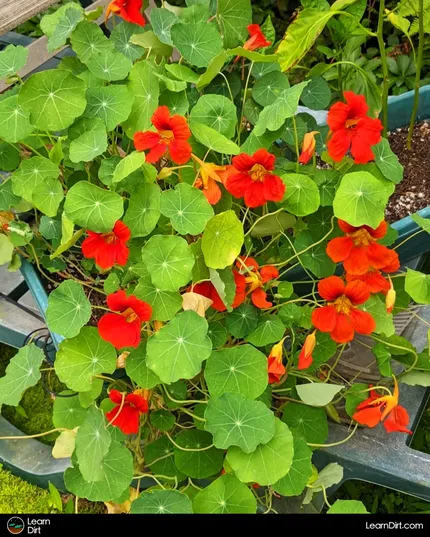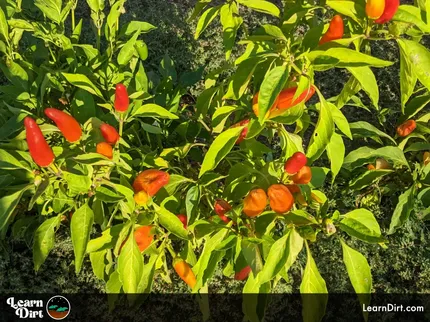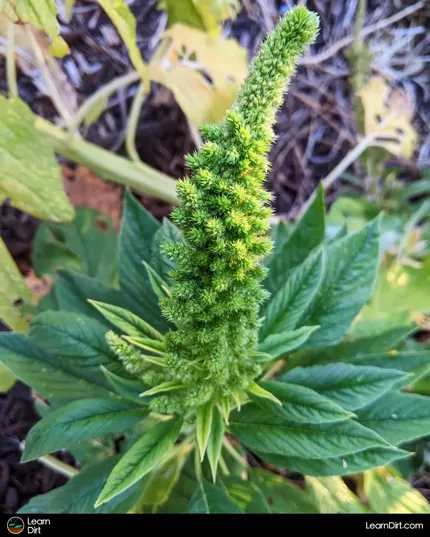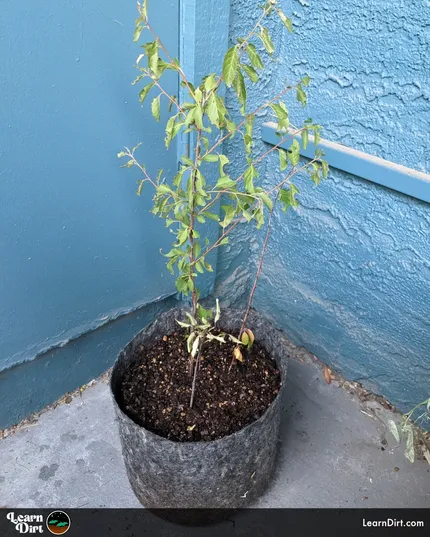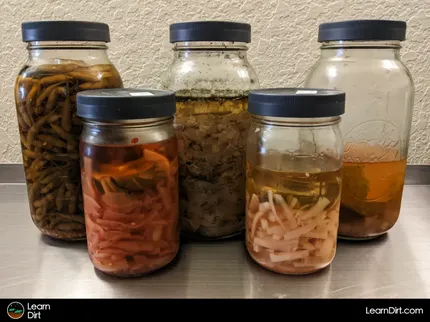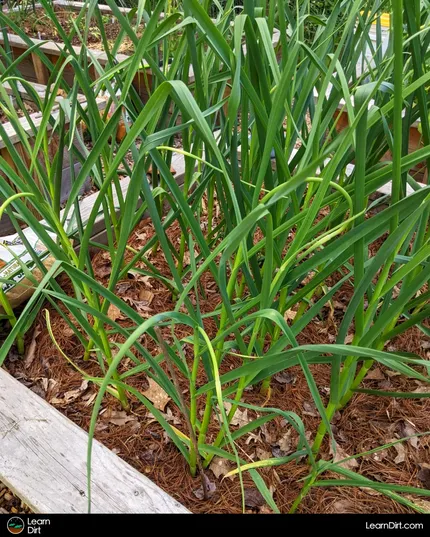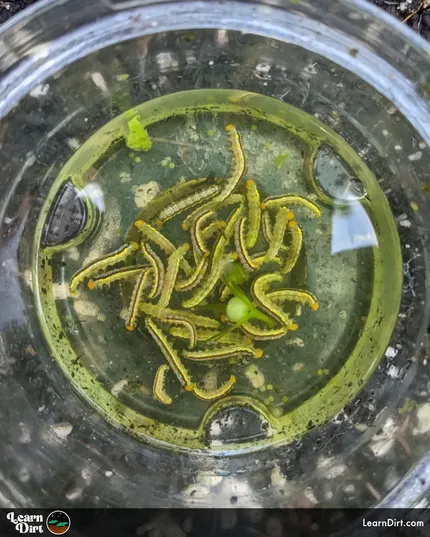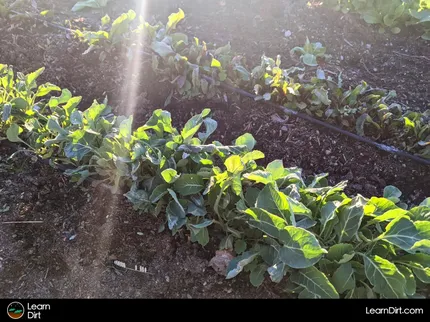Table of Contents
- What Are Cover Crops?
- Benefits of Cover Crops for Desert Gardeners
- Cover Cropping Techniques
- What Cover Crops to Use In Tucson
* Our articles never contain AI-generated slop *
If you're a gardener in Tucson and you're not utilizing cover crops, you are really missing out!
Cover crops are all about improving soil quality, and because deserts has some of the worst quality soil imaginable, you're going to have to do a LOT of work to improve it.
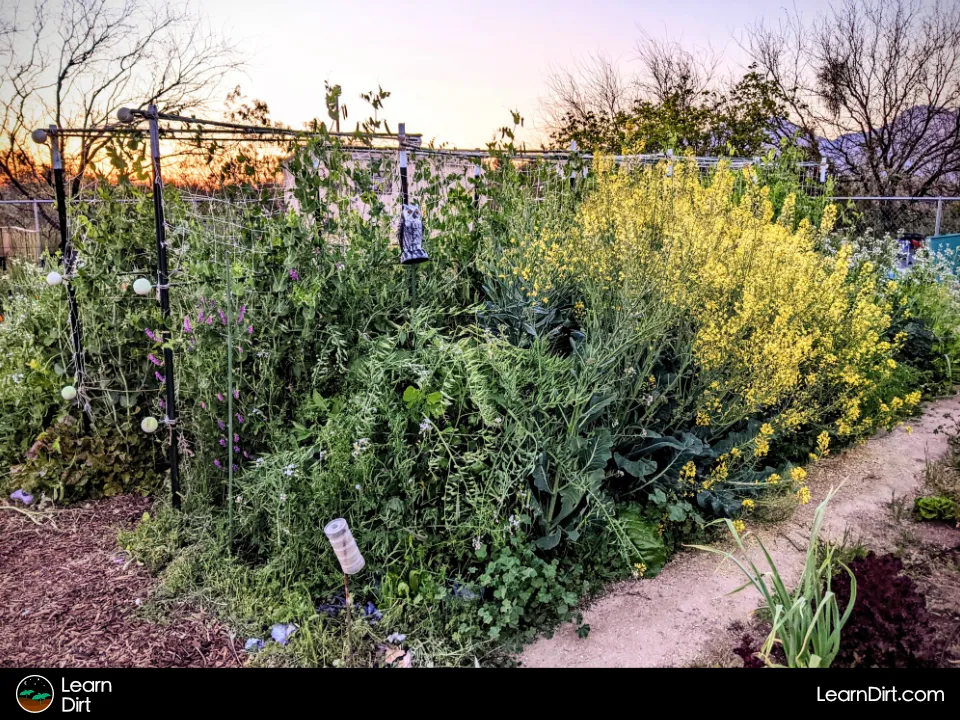
Utilizing cover crops is the least-expensive and most-scalable way to improve soil, so it's absolutely critical if you grow in the desert that you understand what cover crops are, why they're used, and how to incorporate them into your Tucson garden.
Disclaimer: This post may contain affiliate links. Refer to the privacy policy for more information.
Let's talk about it...
What Are Cover Crops?
The most common stereotype about cover crops is that they are simple a 'placeholder' crop for times when you don't feel like growing your 'real' crops.
When not fully understood, covers are often relegated to this position as 2nd-class crops, often overlooked or forgotten completely. An unimportant afterthought, or something only for farmers and not for gardeners.
None of these ideas are true.
In fact, cover crops are far more important than main crops if you plan to grow in poor desert soils. They should be your primary focus, because so much work has to be done in order to turn desert sand into the rich fluffy humus required to get good results in your garden.
Benefits of Cover Crops for Desert Gardeners
Some covers build carbon and organic matter fast (like grasses and cereal grains).
Join The Grower's Community
Looking for a place to meet growers,
ask questions, share knowledge, be heard,
and feel like you belong? 🌱
Check It Out!
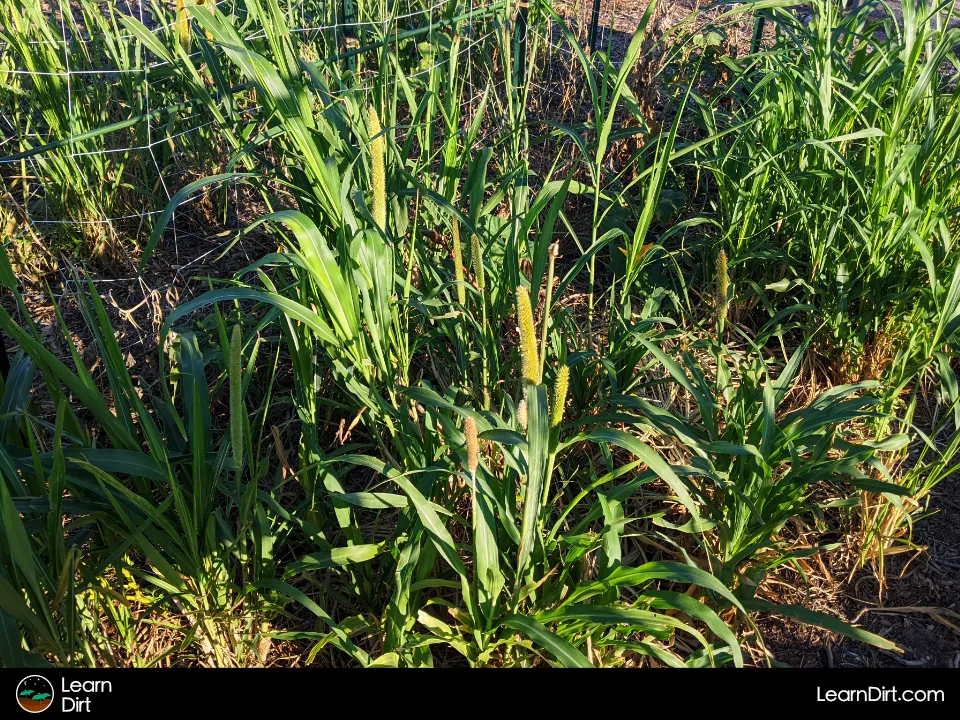
Others add much-needed nitrogen to the soil (mainly legumes, and some grasses).
Some help break up compacted soils (e.g.: sweet potatoes, daikon, some brassicas).
Covers can also protect soil from erosion (e.g.: alfalfa, clover)
Cover crops are a fantastic way to suppress weeds (e.g.: some brassicas, and sweet potatoes).
You can utilize cover crops as mulch to cool and protect soil, while also hiding seeds you scatter from insects and animals as they germinate.
You can make ferments from covers, such as FPJ - a potent liquid organic fertilizer and inoculant.
Build Organic Matter in Soil
Learn more about why soil organic matter content is so important here.
Help Suppress Weeds
Protect and Cover Soil
Improve Soil Structure
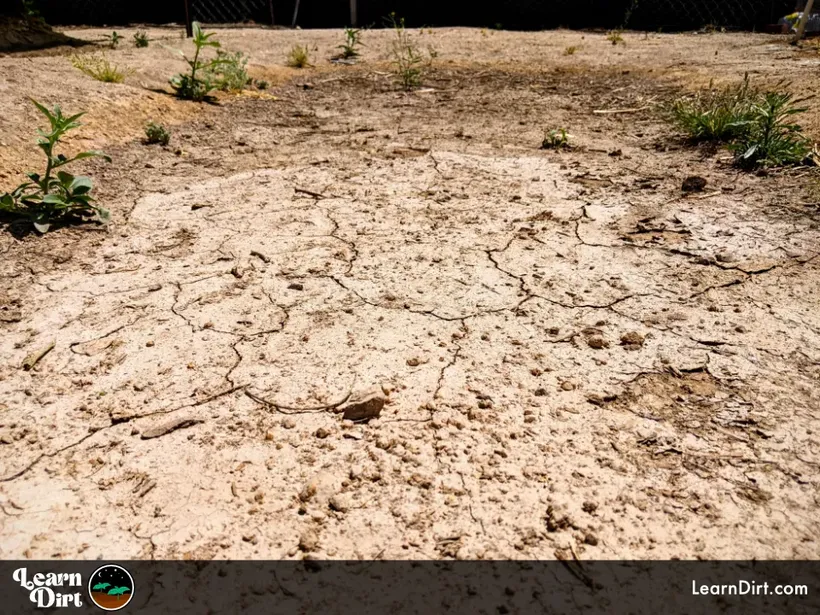
Learn more about soil structure and how soils aggregate together here.
Some Cover Crops Scavenge Nutrients
Cover Cropping Techniques
Chop & Drop
Because soil organic matter content is so low here in the desert, the chop and drop technique is even more critical than in most climates.
If you're not familiar with how chop & drop works or why you ought to be putting it into practice, read more here.
No-Till Gardening
To learn about no-till, check out our guide here.
Intercropping With Covers
If you're interested in mixing cover crops and main crops, check out our guide to undercropping here.
What Cover Crops to Use In Tucson
There are a ton of cover crop options that I've found work well in Tucson:
- Spring
- Dry Summer
- Monsoon
- Autumn
- Flax
- Medic
- Hairy Vetch
- Winter
If you grow any of the nitrogen-fixing cover crops (alfalfa, cowpea, clover, pea, vetch), try mixing some rhizobium inoculant in with the seeds to boost their nitrogen production.
This is just a short list, and there are many more covers that will thrive in Tucson gadens. For a full guide and more specifics, check out Best Cover Crops For Tucson
I love using a mix of cover crops to provide a variety of different benefits and flower at different times for the pollinators.
That's all for now, thanks for reading!
If you have any questions, comments, or would like to connect with fellow gardeners, head on over to the forum and post there.

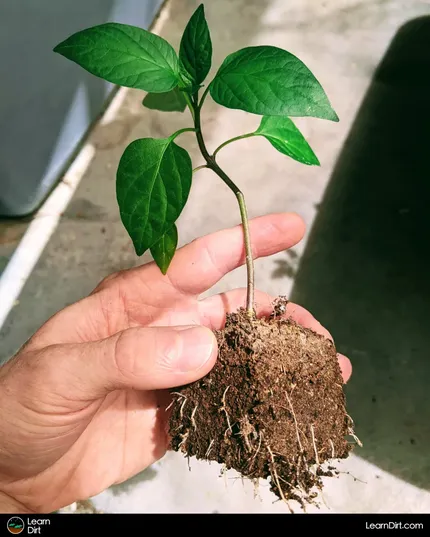

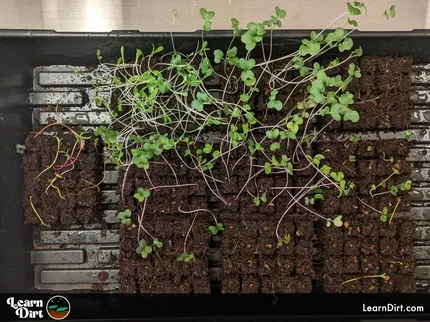
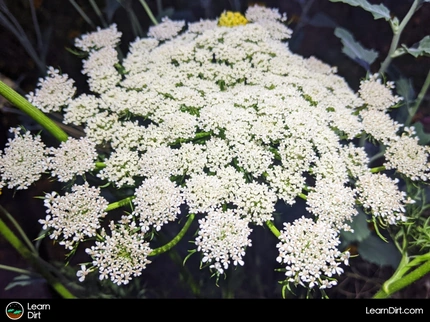
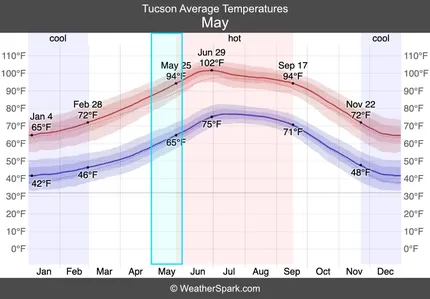
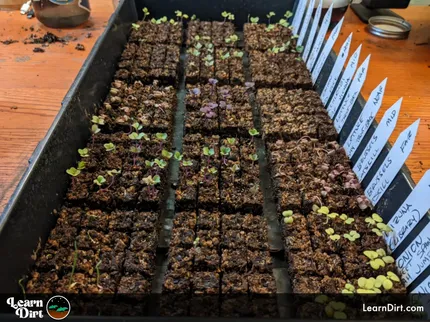
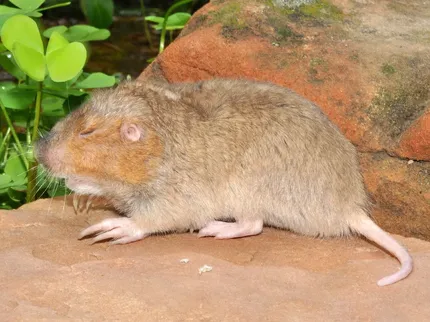

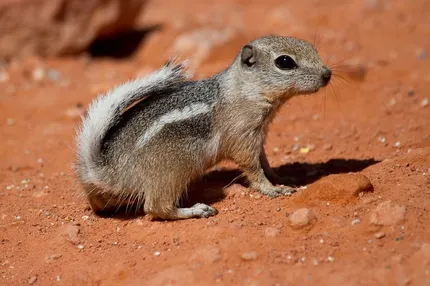
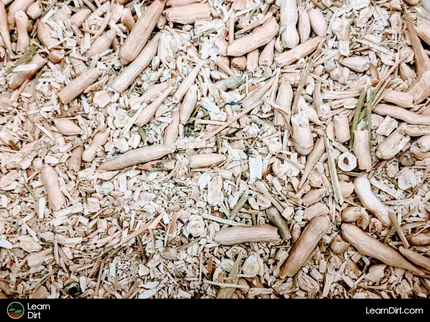
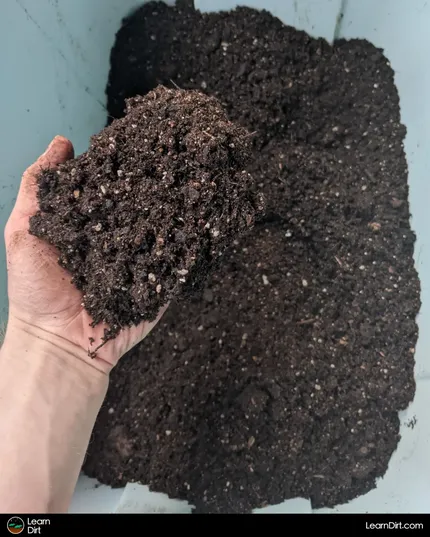
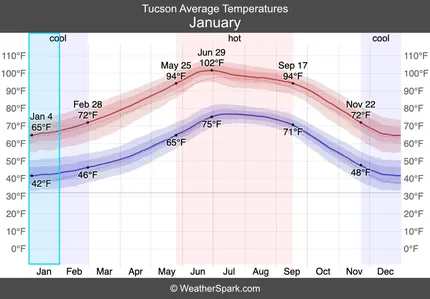


![Black Dirt Live Again [Purple] T-shirt](/media/product_images/black-dirt-live-again-[purple]_shirt_260x260.png)
